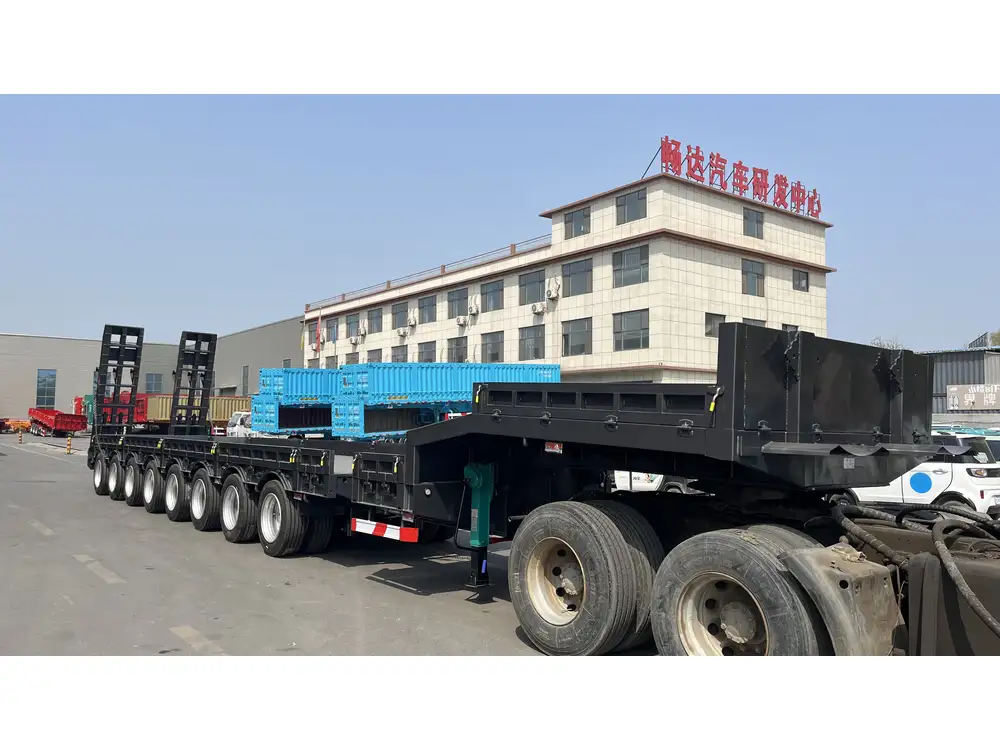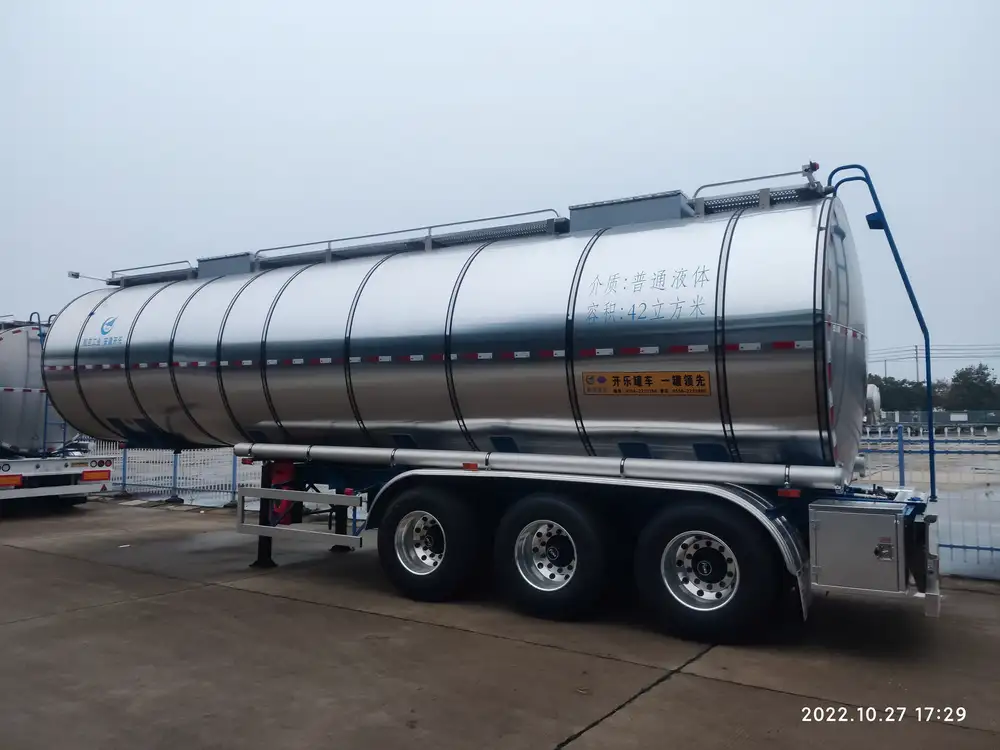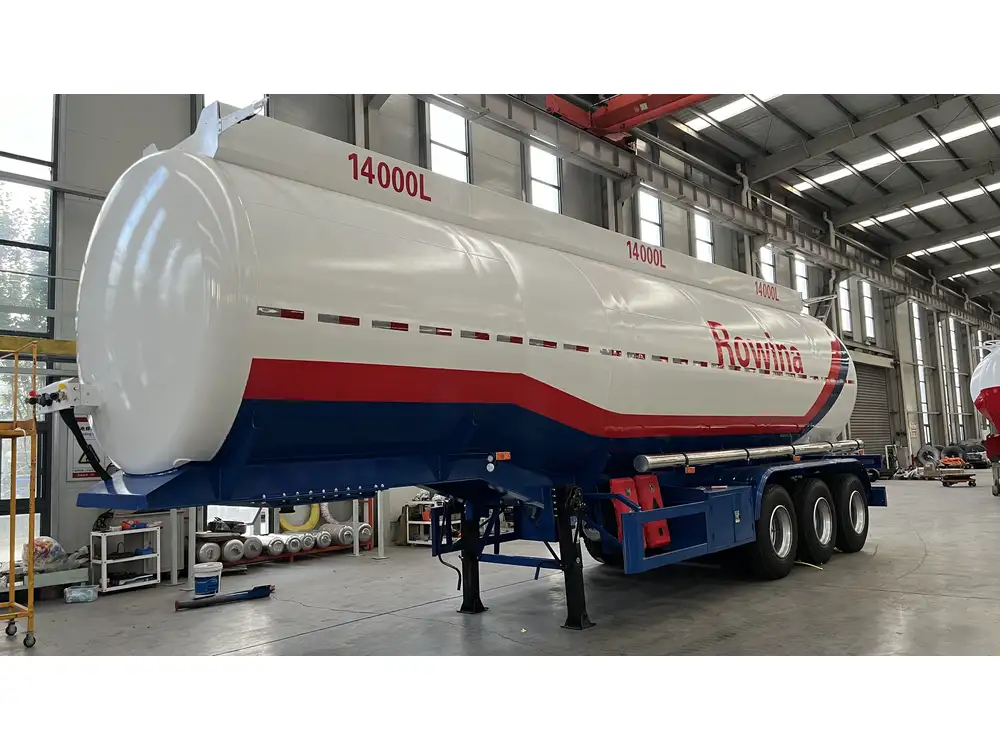When selecting a truck for heavy-duty hauling, the 2004 Ford F650 dump truck is a popular choice among industries demanding robust performance and resilience. However, deciding on the appropriate trailer weight it can haul can be quite complex. This article aims to dissect various factors contributing to the Ford F650’s towing capacity, ensuring you make an informed decision whether you’re in construction, landscaping, or any other field requiring substantial hauling capabilities.
The Towing Capacity of the 2004 Ford F650
The Ford F650 is renowned for its impressive towing prowess, with a maximum trailer weight capacity that ranges between 20,000 to 26,000 pounds, depending chiefly on the configuration and engine choice. To truly grasp what this means for potential users, we need to explore several variables that play a critical role in determining tow capacity:
1. Engine Type and Specifications
The engine fitted in your Ford F650 can drastically affect the hauling dynamics. For the 2004 model, there are generally two engine options:
6.0L Power Stroke V8 Diesel Engine:
- Power: 325 hp
- Torque: 560 lb-ft
- Provides increased towing capabilities and better fuel efficiency.
7.2L Inline 6-Cylinder Diesel Engine:
- Power: 240 hp
- Torque: 500 lb-ft
- Ideal for moderate hauling needs but with limitations in power.

2. Vehicle Configuration
The configuration of the dump truck can transform its towing dynamics significantly.
Flat-bed Configuration: Generally increases the payload capacity due to enhanced structural rigidity and weight distribution.
Standard Dump Configuration: Purchasers often choose this for its versatility and ease of load handling but may incur weight limits under strict regulations.
3. Weight Ratings and Axles
The Gross Vehicle Weight Rating (GVWR) plays a fundamental role in understanding how much load your truck can carry. The 2004 Ford F650 typically encompasses the following specifications:
| Configuration | GVWR | Max Trailer Weight |
|---|---|---|
| 6.0L Power Stroke | Up to 26,000 lbs | Up to 20,000 lbs |
| 7.2L Inline 6-Cylinder | Up to 30,000 lbs | Up to 26,000 lbs |
The axle configuration can also affect the overall tow rating. The more axles involved, the more stable your haul will be, particularly under heavy load.
Calculating Maximum Towing Capacity
Understanding how to properly calculate the towing capacity of your 2004 Ford F650 is paramount. The general formula we recommend involves subtracting the truck’s curb weight from its Gross Combined Weight Rating (GCWR). This composite of the vehicle’s weight plus the weight of the trailer gives a clear picture of your maximum towing capacity.

Steps to Calculate the Towing Capacity:
- Identify Curb Weight: The typical curb weight for the 2004 Ford F650 ranges from 14,000 to 20,000 lbs based on configuration.
- Determine GCWR: The GCWR for the F650 can approximate 26,000 to 30,000 lbs depending on its specifications.
- Apply the Formula: [ \text{Towing Capacity} = \text{GCWR} – \text{Curb Weight} ] Example: If your GCWR is 26,000 lbs and your curb weight is 14,000 lbs: [ \text{Towing Capacity} = 26,000 – 14,000 = 12,000 \text{ lbs} ]
Example Scenarios for Towing Capacity
Understanding towing capacity can vary according to specific scenarios:
Scenario 1: Landscaping Work
Imagine you need to tow a loaded trailer carrying landscaping materials weighing 10,000 lbs. If your F650’s curb weight is 14,000 lbs, you’re safe, as this total falls well within the maximum towing capacity.

Scenario 2: Construction Materials
In a construction setting, you’re hauling a standard equipment trailer weighing 12,000 lbs, alongside a 14,000 lb curb weight. The total might be risky here, summing to 26,000 lbs—pushing the limits of the F650.
Key Considerations for Optimal Performance
While it’s tempting to always push the envelope of your vehicle’s capacity, numerous factors can impact its towing coherence:
- Load Distribution: Ensuring an even distribution of weight across your trailer reduces the risk of swaying, which can jeopardize road stability.
- Brake Systems: Employing an adequate brake system on both the truck and trailer is vital for safe stopping, especially under heavy loads.
- Hitch Ratings: The type of hitch used determines the maximum safe load. Investing in a high-quality hitch system ensures secure connections.
Frequently Asked Questions (FAQs)

What happens if I exceed my trailer weight limit?
Exceeding the specified trailer weight can lead to severe consequences, such as diminished handling, decreased braking efficiency, and increased risk of accidents. Furthermore, it may void warranties and breaches legal towing regulations.
Can I modify the towing capacity of my Ford F650?
While aftermarket modifications exist, such as enhanced axle ratios or performance chips, it is crucial to consult a certified technician to determine what is safe and legal.
What should I consider when purchasing a trailer?
Key factors include weight, design (open vs. enclosed), material quality, and load capacity. Always match these specifications with your truck’s capabilities for optimal safety.

Conclusion
In summary, the 2004 Ford F650 dump truck stands out for its impressive towing capabilities, dependent on various factors including engine type, configuration, and weight ratings. Recognizing the intricacies of towing capacity through careful calculations and practical scenarios empowers users to harness the truck’s potential efficiently and effectively. Always ensure adherence to legal regulations and prioritizing safety by respecting weight limits laid out by manufacturers.
Whether you are hauling construction materials or transporting goods, the Ford F650 offers a stalwart solution that, when utilized correctly, can be a significant asset to your fleet. Prioritizing thorough knowledge and continuous education on machinery will provide lasting benefits and keep your operations running smoothly.



